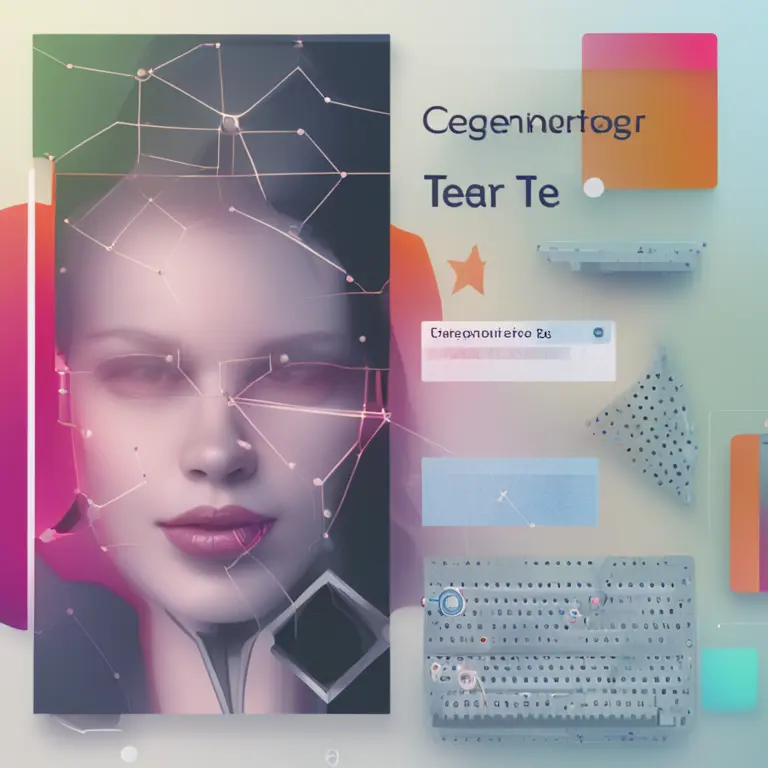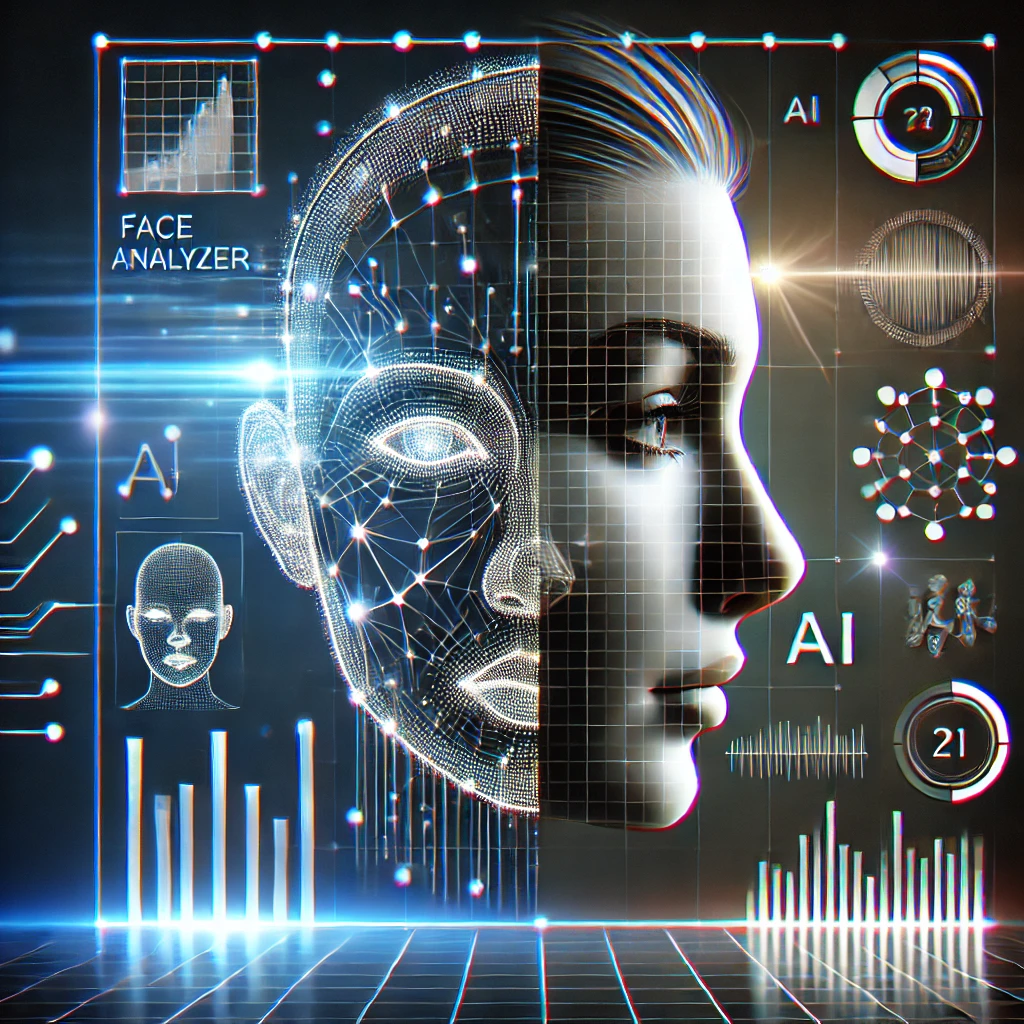
Blip 2
Blip 2 is an AI model for converting image data into detailed and descriptive text.
Avg Run Time: 2.000s
Model Slug: blip-2
Category: Image to Text
Overview
BLIP-2 (Bootstrapped Language-Image Pre-training) is a cutting-edge AI model designed to bridge the gap between visual and textual understanding. Developed to enhance multimodal learning, BLIP-2 excels in generating captions, answering questions about images, and other tasks requiring a combination of language and visual processing.
Technical Specifications
- Architecture: Combines a lightweight vision encoder with a pre-trained language model, enabling efficient cross-modal learning. Uses a Querying Transformer (Q-Former) to align visual and textual representations.
- Training Dataset: Trained on a diverse dataset of image-text pairs, including web-crawled data and curated datasets, ensuring robust performance across various domains.
- Multimodal Capabilities: Supports tasks like image captioning, visual question answering (VQA), and image-to-text generation.
Key Considerations
- Image Quality: The model’s performance depends on the quality and clarity of the input image. High-resolution images yield better results.
- Prompt Engineering: Crafting effective prompts is crucial for obtaining accurate and relevant outputs. Experiment with different phrasing to optimize results.
Tips & Tricks
- Custom Queries: Use tailored prompts to extract specific information from images, such as "What is the brand of the car?" or "Describe the weather in the scene."
- Input Requirements: Provide high-quality images for optimal results. Low-resolution or distorted images may affect performance.
- Prompting: Use clear and specific textual prompts to guide the model’s responses. For example, "Describe the scene in the image" or "What objects are present?"
Capabilities
- Visual Question Answering (VQA): Answers questions about the content of an image, providing insights and interpretations.
- Image-to-Text Generation: Converts visual inputs into coherent and contextually relevant text outputs.
What can I use for?
- Content Creation: Automate the generation of image descriptions for social media, e-commerce, or digital archives.
- Accessibility Tools: Develop applications that assist visually impaired users by describing images or scenes.
- Research and Analysis: Analyze visual data in fields like healthcare, autonomous driving, or environmental monitoring.
Things to be aware of
- Creative Applications: Use the model to generate imaginative captions or narratives based on images.
- Custom Queries: Test the model’s ability to answer specific questions about an image, such as "How many people are in the picture?"
Limitations
- Contextual Understanding: While powerful, the model may struggle with highly abstract or context-dependent tasks.
- Bias in Data: As with most AI models, BLIP-2’s outputs can reflect biases present in the training data.
- Complex Scenes: The model may have difficulty accurately interpreting images with multiple overlapping objects or intricate details.
Output Format: Text
Related AI Models
You can seamlessly integrate advanced AI capabilities into your applications without the hassle of managing complex infrastructure.

